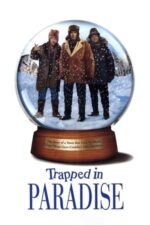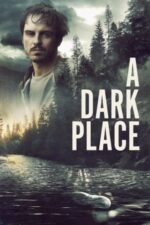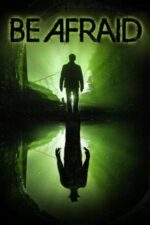Beyond Cheesesteaks: Pennsylvania on Film – A State of Mind, Not Just a Location
Pennsylvania. For many, it conjures images of cheesesteaks, Liberty Bells, and maybe a vague sense of "Midwest-ness." But when you start looking at how filmmakers have used the Keystone State, you realize it's far more complex than that. It’s a landscape ripe with stories – from gritty industrial decline to unsettling rural mysteries, from hopeful reinvention to chilling anxieties about progress. Pennsylvania isn't just where a film takes place; it often shapes what the film is about.
Think about "The Brutalist," for example. The film uses Pennsylvania as more than just scenery; it’s a symbol of opportunity and assimilation for László Toth, an architect fleeing Europe. He arrives seeking a fresh start, but quickly finds himself caught between artistic integrity and the demands of American industry. It's fascinating how the setting – this new land promising reinvention – simultaneously fuels his ambition and threatens to compromise him. That tension is so potent because Pennsylvania itself embodies that duality: a place built on hard work and innovation, yet also carrying the weight of history and potential exploitation.
And then you have something completely different like "Something Evil." The film’s choice of a seemingly idyllic Pennsylvania farmhouse as the setting for a possession story isn't accidental. It taps into a deep-seated unease about rural America – that beneath the surface of quaint charm can lie something dark and unsettling. It echoes, in a way, the anxieties explored in "We Are the Guinea Pigs," which confronts the lingering fear and distrust surrounding the Three Mile Island accident. Both films highlight how Pennsylvania’s history—both industrial and environmental—can cast a long shadow on its present.
Even lighter fare like “The Prince of Pennsylvania” uses the state's landscape to inform its quirky humor. The coal-mining town setting isn’t just window dressing; it provides context for the characters’ desire to escape, their sense of being trapped by circumstance. It’s a similar feeling you get from "Rap World," where four young friends in Tobyhanna find solace and creative expression through music – a way to define themselves against the backdrop of small-town life.
Finally, “Dead Asleep” is just…wild. The film's exploration of sleepwalking and criminal responsibility feels particularly unsettling when rooted in the familiar geography of Pennsylvania. It forces you to question your assumptions about culpability and free will—a truly disquieting experience.
What’s striking across all these films isn't a unified portrait of Pennsylvania, but rather its versatility. It can be a symbol of hope, fear, opportunity, or despair – often all at once. It’s a state that invites filmmakers to dig deep and explore the complexities of the American experience. So next time you think of Pennsylvania, maybe look beyond the cheesesteaks and consider what stories it has to tell. You might just be surprised by what you find.






































